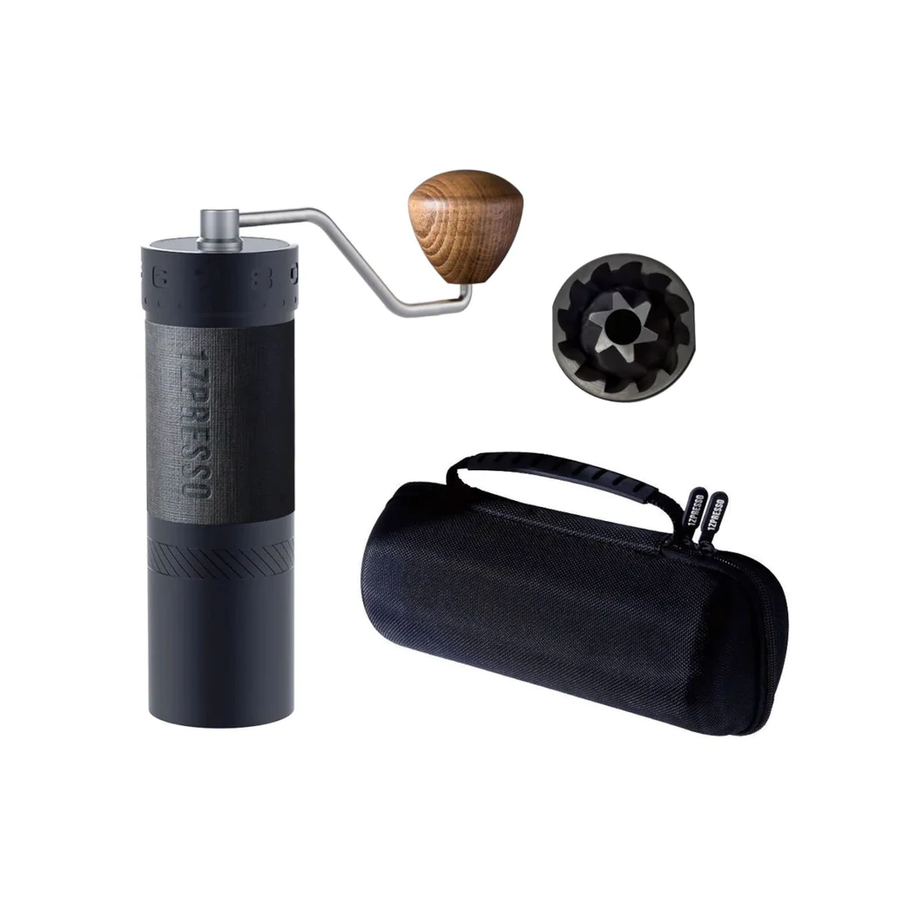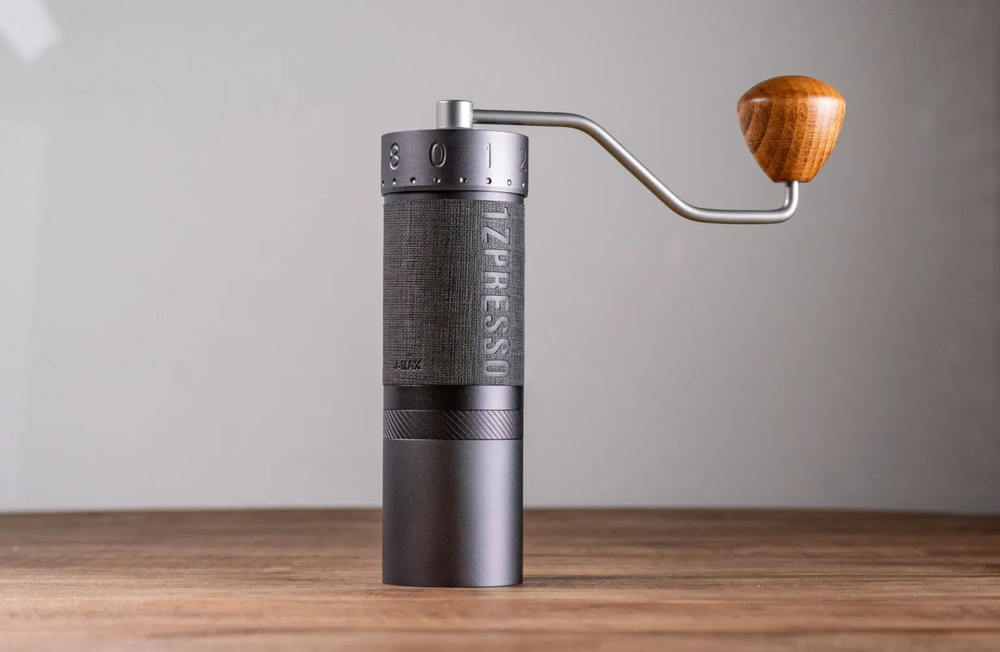aeropress
brewing coffee
coffee
coffee machine
cold brew coffee
drip coffee maker
filter coffee
french press
pour over coffee
turkish coffee
Different Ways To Brew Coffee
Introduction
There are various methods to brew coffee, each offering a unique set of flavours and characteristics. Here are some popular ways to brew coffee:
1. Drip Coffee Maker:
- Description: Drip coffee makers are a common household appliance. Water drips through a basket of ground coffee, and the brewed coffee drips into a carafe below.
- Pros: Convenient, easy to use, and suitable for making multiple cups at once.
- Cons: Limited control over brewing variables.
- Ratio: 1 : 17 (1gm coffee to 17gm water)
- Grind size: Medium

2. French Press (Press Pot or Plunger Pot):
- Description: Coarsely ground coffee steeps in hot water, and a plunger with a metal or nylon mesh filter is used to separate the grounds from the liquid.
- Pros: Allows for control over steeping time, resulting in a fuller-bodied and flavorful coffee.
- Cons: Sediment may be present in the final cup.
- Ratio: 1 : 17 (1gm coffee to 17gm water)
- Grind size: Coarse

3. Pour-Over (e.g., Chemex, Hario V60):
- Description: Hot water is poured manually over coffee grounds in a filter. The coffee drips through into a container below.
- Pros: Precision and control over brewing variables, highlighting specific flavor notes.
- Cons: Requires practice to master pouring technique.
- Ratio: 1: 16 (1gm coffee to 16gm water)
- Grind size: Slightly finer end of medium

4. Aeropress:
- Description: Ground coffee and water are mixed together, and the mixture is then pressed through a filter using air pressure.
- Pros: Quick brewing time, portable, and versatile for various brewing styles.
- Cons: Limited capacity for making multiple cups.
- Ratio: 1 : 12 (1gm coffee to 12gm water)
- Grind size: Medium to Fine
5. Espresso:
- Description: Finely ground coffee is tightly packed into a portafilter, and hot water is forced through the coffee under high pressure.
- Pros: Concentrated and bold flavor, the base for many coffee beverages like lattes and cappuccinos.
- Cons: Requires an espresso machine, which can be expensive.
- Ratio: 1 : 2 (1gm coffee to 2gm water)
- Grind size: Fine

6. Cold Brew:
- Description: Coarsely ground coffee steeps in cold water for an extended period (usually 12-24 hours), resulting in a smooth, low-acid coffee concentrate.
- Pros: Smooth and less acidic, suitable for hot days.
- Cons: Requires advanced preparation and a longer brewing time.
- Ratio: 1 : 15 (1gm coffee to 15gm water)
- Grind size: Medium to Course
7. Turkish Coffee:
- Description: Finely ground coffee, water, and sugar (optional) are combined in a special pot called a cezve and heated until it foams.
- Pros: Rich and strong flavour, traditional preparation method.
- Cons: Requires special equipment and a specific brewing process.
- Ratio: 1 : 9 (1gm coffee to 9gm water)
- Grind size: Very fine

8. Siphon (Vacuum Pot):
- Description: Water is heated in a bottom chamber, and as it moves upward, coffee grounds are added. After brewing, the coffee is filtered back down.
- Pros: Creates a unique, visually captivating brewing process.
- Cons: Requires specialised equipment and a learning curve.
- Ratio: 1 : 15 (1gm coffee to 15gm water)
- Grind size: Medium

Conclusion
Experimenting with these different brewing methods can be a fun way to discover your preferred coffee taste and brewing style. The choice often depends on personal preference, time constraints, and the equipment you have available.



